Iran, IAEA reach ‘temporary bilateral technical understanding’
Iran and the International Atomic Energy Agency (IAEA) have reached a “temporary bilateral technical understanding” during the visit of the IAEA chief to Tehran, according to a joint statement.
The joint statement, which was released by the IAEA following its director-general’s trip to Tehran on Sunday, declares that Iran will stop its voluntary implementation of the Additional Protocol to the Non-Proliferation Treaty (NPT) and will deny IAEA inspectors access to its nuclear facilities beyond the Safeguards Agreement as of February 23, 2021 for three months.
“The Atomic Energy Organization of Iran (AEOI) informed the IAEA that in order to comply with the act passed by the Parliament of the Islamic Republic of Iran called ‘Strategic Action to Cease Actions and Protect the Interest of Iranian Nation’ Iran will stop the implementation of the voluntary measures as envisaged in the JCPOA, as of 23 February 2021,” the statement said.
However, it added, “Iran continues to implement fully and without limitation its Comprehensive Safeguards Agreement with the IAEA as before.”
Iran and the IAEA have also agreed to a temporary bilateral technical understanding, compatible with the Law, whereby the IAEA will continue with its necessary verification and monitoring activities for up to 3 months (as per a technical annex).
In a separate statement, the Atomic Energy Organization of Iran has shed more light on the IAEA’s “necessary verification and monitoring activities” in the three-month period.
“As explained in the technical annex, the ‘continuation of necessary verification and monitoring activities’ means Iran will record the data of some of its activities and monitoring equipment, and keep them for three months,” the AEOI said.
“In this period of time, the IAEA will not have any access to the data recorded by Iran, and they will be exclusively kept in Iran. If the sanctions are fully removed in three months, Iran will share the data with the IAEA; otherwise, it will erase them forever,” it added.
The AEOI statement says the technical annex, which includes a list of Iranian nuclear facilities, will remain confidential due to security considerations and the need for keeping secret the exact location of Iran’s key facilities.
According to the joint statement, Iran and the IAEA have agreed to “keep the technical understanding under regular review to ensure it continues to achieve its purposes.”
They also recalled and reaffirmed the spirit of cooperation and enhanced mutual trust that led to the Joint Statement in Tehran on 26 August 2020, and the importance of continuing that cooperation and trust.
The agreement was reached following Rafael Grossi's visit to Iran, during which he held separate meetings with Ali Akbar Salehi, the Iranian vice-president and AEOI chief, as well as Foreign Minister Mohammad Javad Zarif.
Earlier on Sunday, Zarif told Press TV in an exclusive interview that the Islamic Republic will be open to negotiations on reviving the historic 2015 nuclear accord once all signatories begin fulfilling their obligations.
“We have reduced the level of our commitment, but we have always said it’s reversible,” Zarif said, adding, “The minute they come back to full compliance, we will go back to full compliance.”
Iran’s permanent representative to Vienna-based international organizations, Kazem Gharibabadi, said on Sunday that Tehran held "fruitful discussions" with the visiting IAEA chief.
Iranian lawmakers on Sunday once again highlighted the necessity of stopping voluntary implementation of the Additional Protocol to the nuclear Non-Proliferation Treaty if the sanctions remain in place.
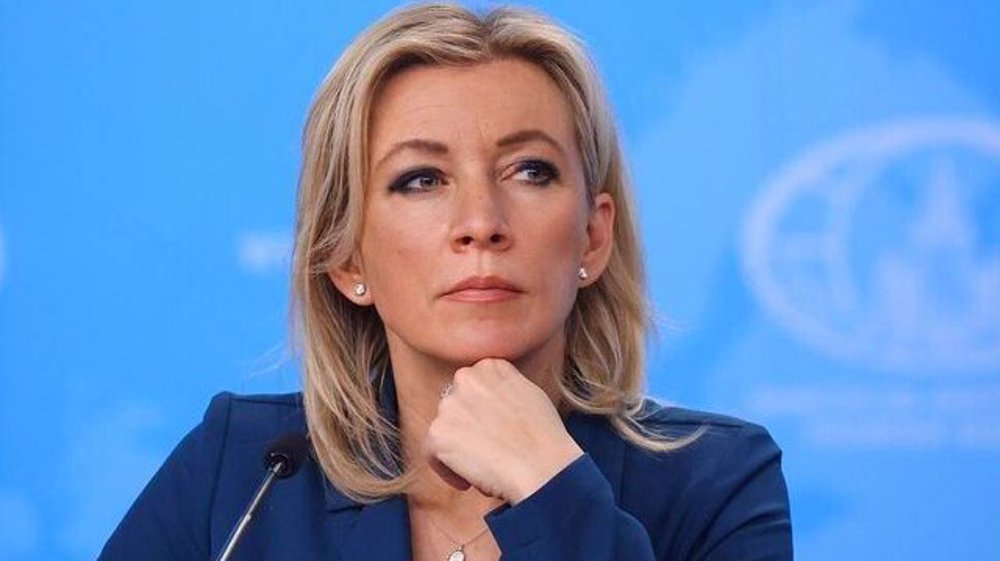
Russia: Unilateral US sanctions against Iran illegitimate, illegal
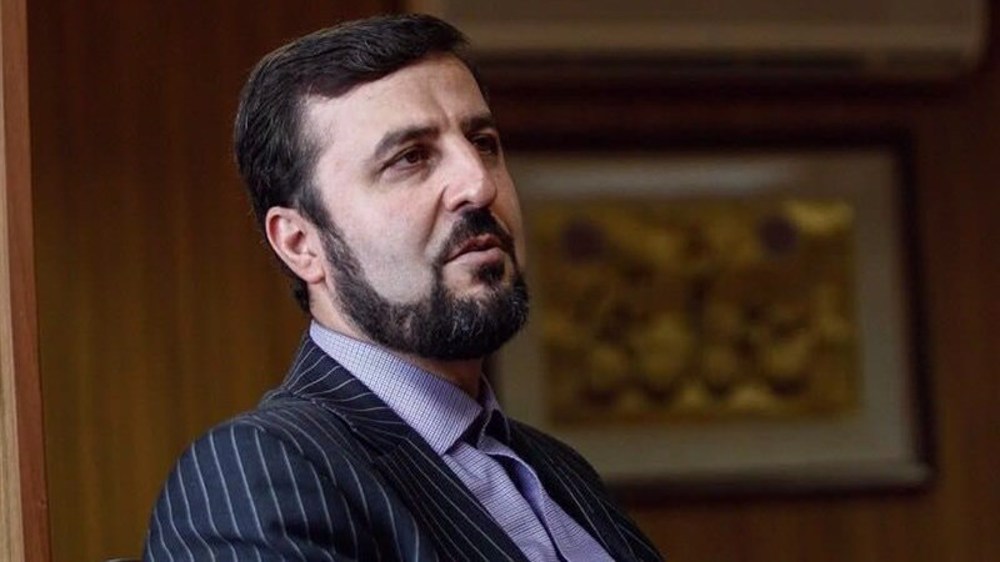
Senior official: Iran likely to hold meeting with European troika
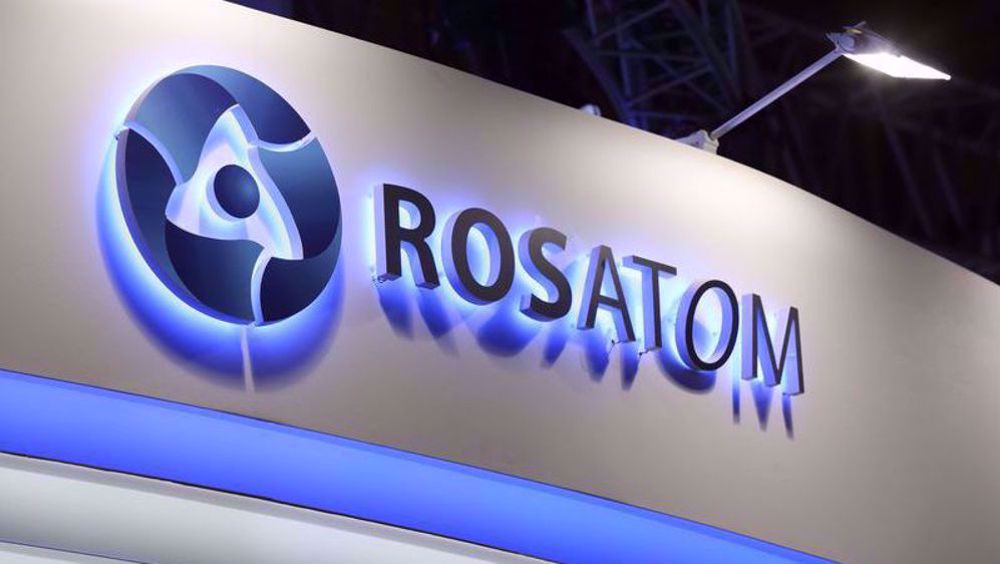
Russia’s Rosatom in ‘large-scale’ talks with Iran to build another power plant: CEO
VIDEO | Press TV's news headlines
Longest held Palestinian prisoner released by Israel
Iran condemns Israel’s military threats
VIDEO | Pakistan, Iran strengthen trade ties with $10 billion target
VIDEO | What conditions faced by Palestinian prisoners?
Israel carried out mass killing of own people under ‘Hannibal Directive’: Military probe
VIDEO | Telecommunications down in Gaza due to Israeli curbs delaying repairs
Egypt: Hamas-Israel negotiations on next phase of ceasefire begin


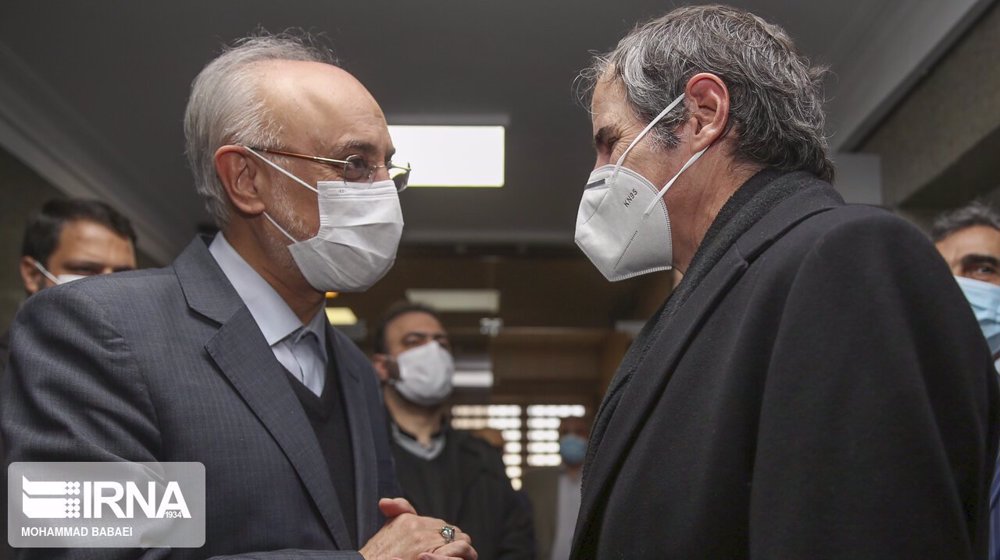





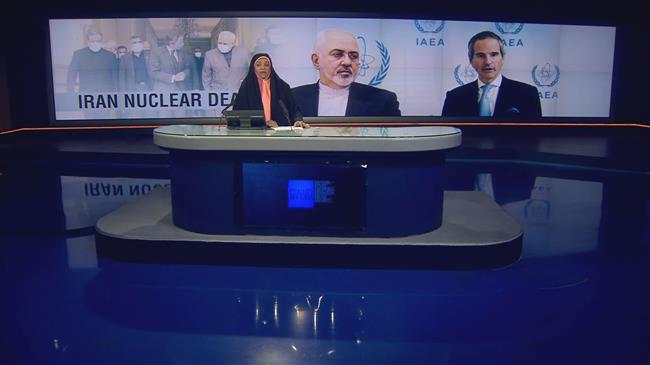
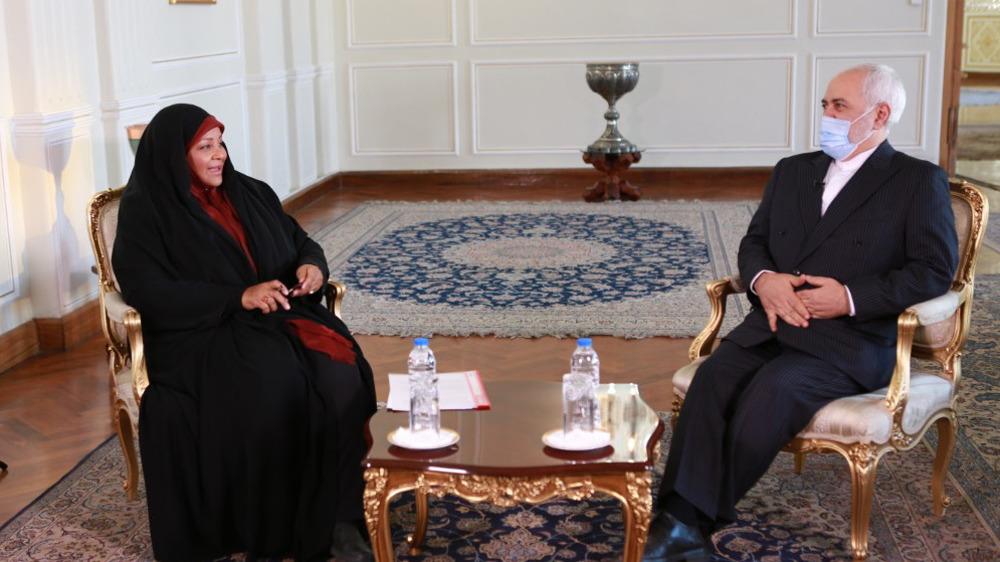
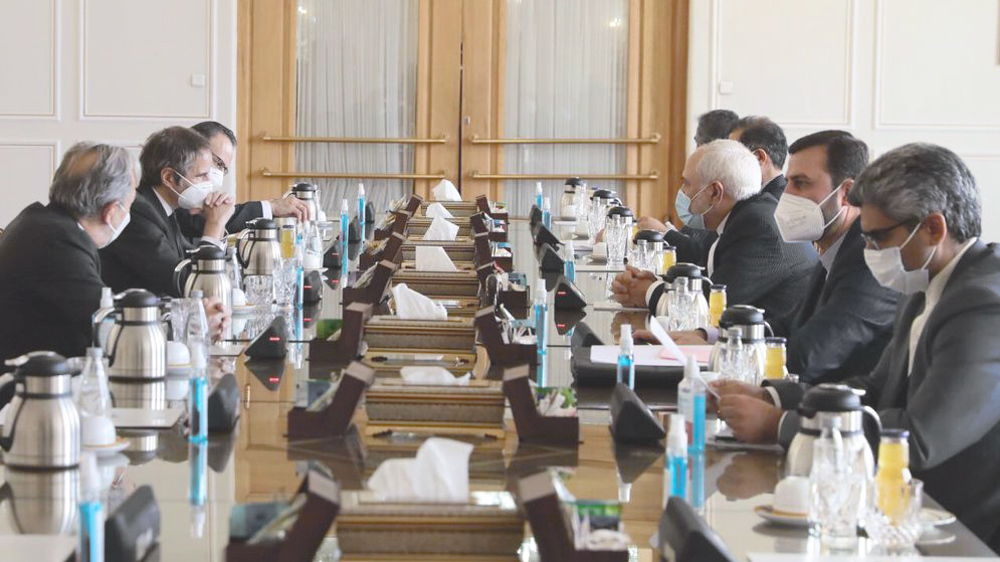
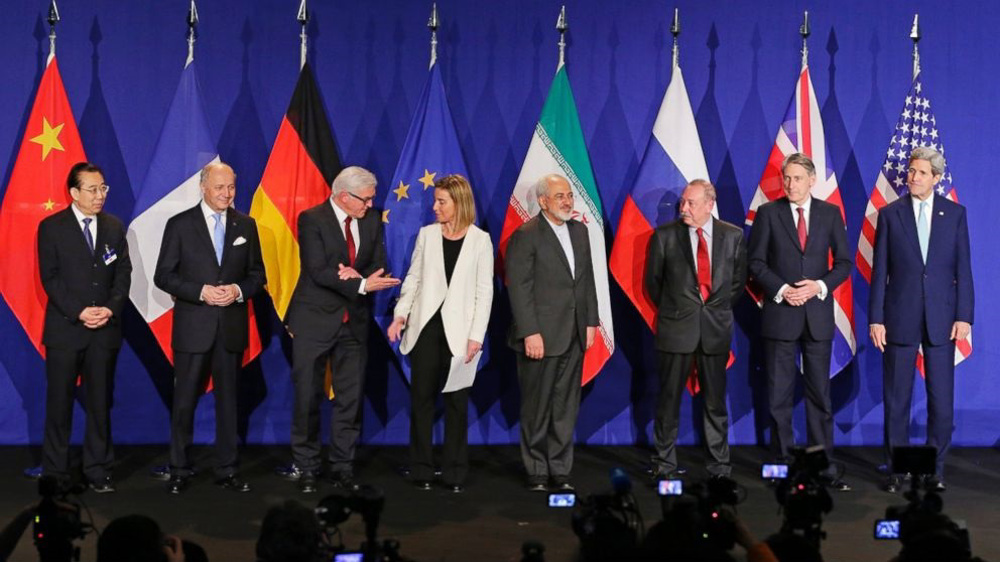
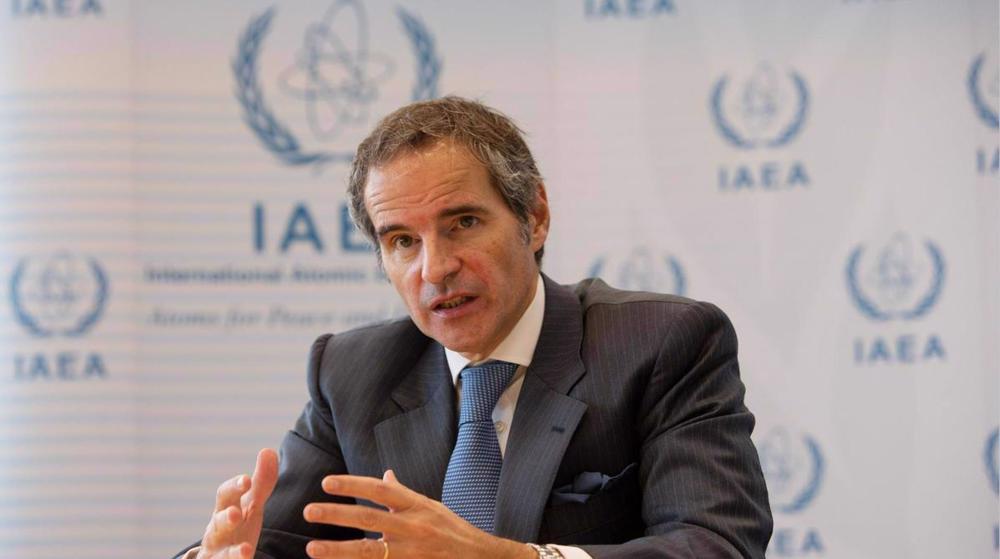

 This makes it easy to access the Press TV website
This makes it easy to access the Press TV website